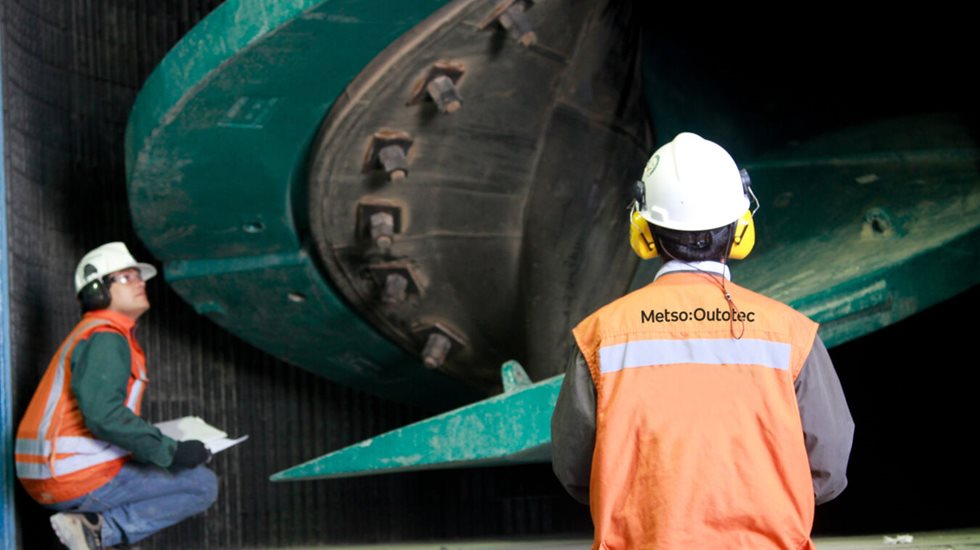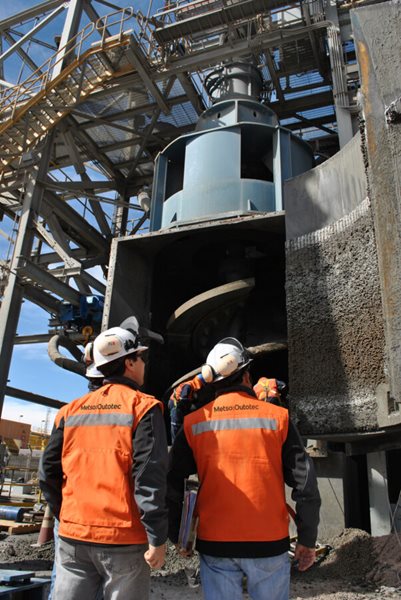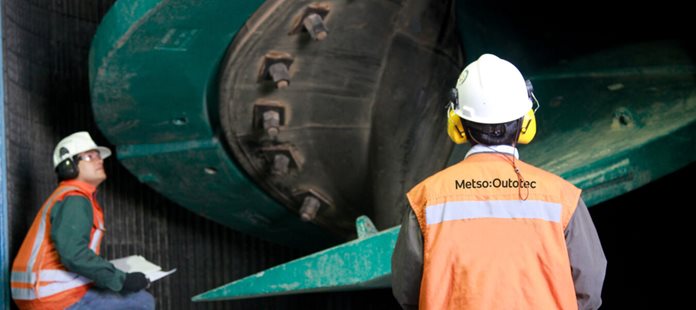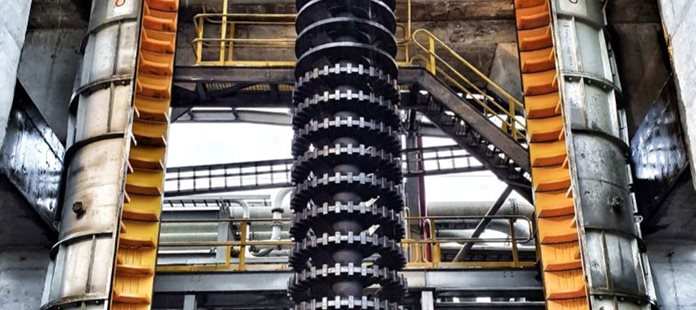Metso Outotec Vertimills® provide various advantages over traditional ball mills, such as energy efficiency, reduced media consumption, smaller footprint and longer wear life. With their sustainability advantages, many customers are exploring the possibility of integrating stirred mills into their flowsheets, in both greenfield and brownfield projects. For plants that need extra milling or want to ensure a finer grind in their circuit, Vertimills can be an attractive option and their installed base has seen a rapid rise over the last several years.
Pushing the limits
In today’s competitive marketplace, operators may stretch the limits of equipment components to increase uptime and enhance production. But when screw liners and other wear parts are used to the limit of their useful life, they can cause damage to non-wear parts, including the body liner and screw shaft. Damage to these components can not only cause mill stoppage, but also carry a high price tag and long lead time for repair or replacement. In extreme cases, a worn screw liner may break, causing damage to the mill body or potential catastrophic mill failure.




